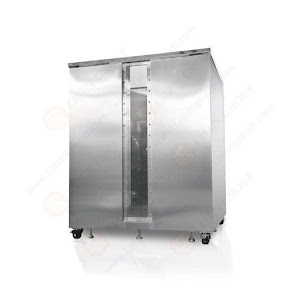How do you do IPX3 water proof test for your end-products?

The IPX3 water resistance test is carried out in order to determine the degree of protection afforded to electronic and electrical equipment against the intrusion of water. As part of the testing method, the product will be sprayed with water from a variety of directions to determine whether or not it can tolerate being subjected to water spray without allowing water to enter the device's internal workings. The following pieces of apparatus are needed in order to carry out the IPX3 waterproof test successfully: Spray nozzle: This is what will be utilized to create a consistent spray of water on the item that is being evaluated. Water supply: In order to successfully complete the test, you will need access to a source of clean water. Testing chamber: The testing chamber is where the product being tested and the water spray are both contained throughout the testing process. Equipment for recording data: This is what is used to record the circumstances of the test and the outcomes...
.jpg)